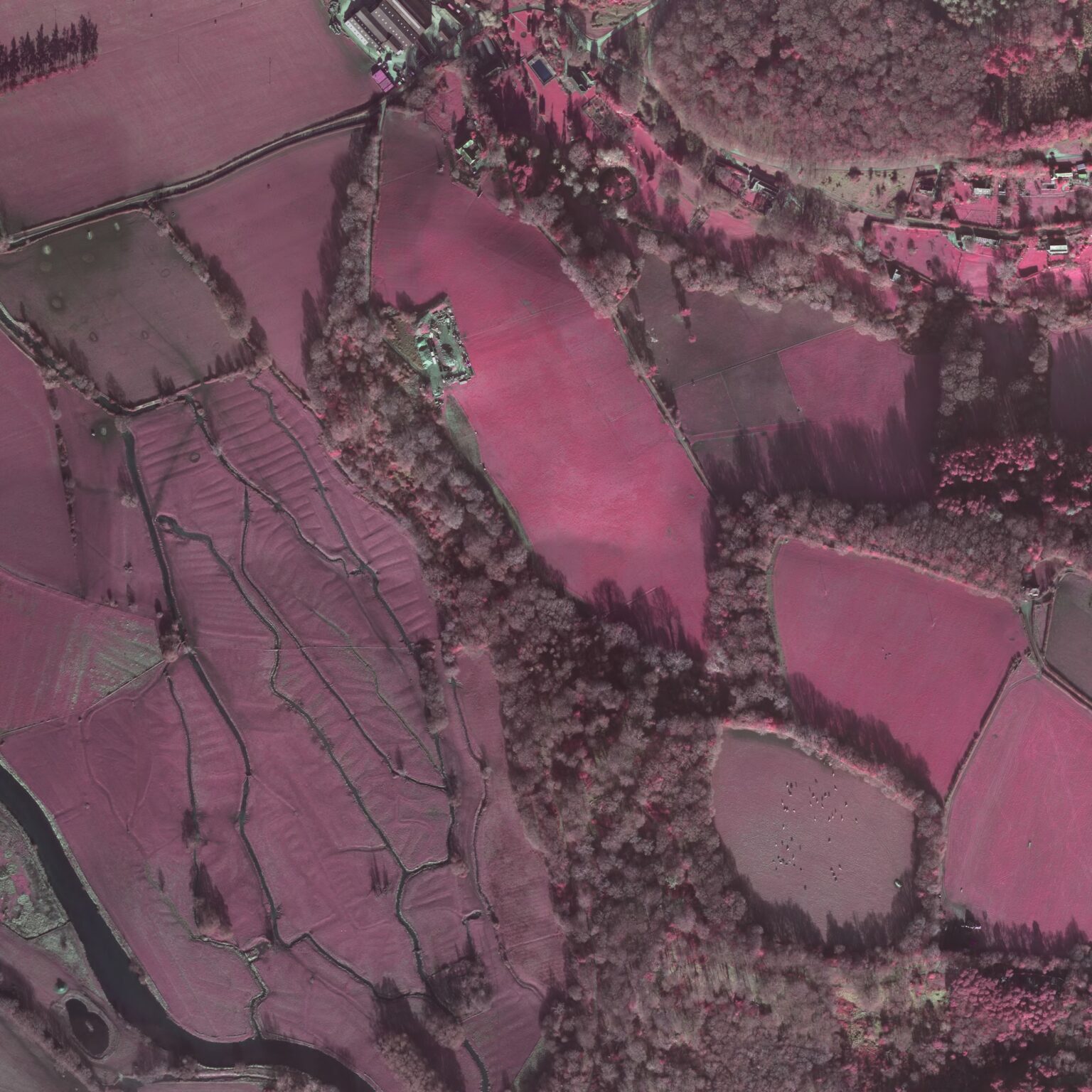Inter-site analyses
All archaeological tree-ring data developed between the 1970s and 2010 by tree-ring laboratories located in the Netherlands were archived in the DCCD repository in 2010-2012.[1] This work involved, among other elements, digitising measurement series and research reports, and reformatting digital measurement files. Associated metadata were improved and expanded according to the fields defined by TRiDaS using TRiDaBASE. Compare tables 3 and 1 for a practical example of the recent metadata enrichment executed at RCE and the RING Foundation.
Table 3: Metadata recorded in the dendrochronological database of the RING Foundation, created in 2004. Before 2004 this organisation only recorded dendrochronological metadata in research reports.
| Project level | Research identifier; country; location; name of object; address and postal code; object type; object description; client; coordinates; comments; archaeological region; archaeological registration number; monument number (architecture); publication |
| Element level | Site/object code; sample code; construction phase, find number; estimated (sub)period; wood species; location of the wood sample |
| Measurement-series level | Site/object code; sample code; measurement code; analyst; measuring method; year in which rings were measured; year in which series were dated; number of rings; pith; sapwood; waney edge/bark; date of first ring; date of last ring; (estimated) felling date; season of felling; reference chronology; dating statistics; data owner (institution) |
The DCCD was queried to create an overview of accessible projects from The Netherlands containing dendrochronological series of which the youngest measured growth ring dates between AD 500 and 900 (Jansma & Van Lanen 2016, 142-144). A summary of the results was downloaded in XML, which was ingested into Microsoft Excel (table 4). Bulk uploading and downloading is not possible yet when using the DCCD repository, therefore all project files were downloaded from the DCCD individually, using the Excel project overview as a reference to manage the work flow. The associated individual measurement series were read into the PAST4 computer system (Knibbe 2008) using alphabetically organised folders named after the respective DCCD project identifiers. Undated series were removed and series representing the same tree were identified and averaged to ensure that each series in the dataset represented a different tree. Timber groups were identified using the dendrochronological approach outlined in Jansma et al. 2014. As a final step, average chronologies were calculated from the series in established timber groups with the aim to facilitate future dendrochronological dating and provenance studies pertaining to the early Middle Ages.
Table 4: TRiDaS-based fields in project summaries downloaded from the DCCD repository.
| Field (see section 2.1 and 2.3) | Example |
|---|---|
| projectLab | Stichting RING, Amersfoort, The Netherlands |
| projectIdentfier | P:1995058 (domain: stichtingring.nl) |
| projectTitle | Wijnaldum |
| objectTitle | Waterput Wijnaldum (translation: water well Wijnaldum) |
| objectType | Waterput (translation: water well) |
| longitude | 5.4707 |
| latitude | 53.19645 |
| elementTitle | Onder in waterput, Onder in waterput, Waterput, Waterput, Waterput, Waterput, Waterput (translation: from bottom of water well, from bottom of water well, water well, water well, water well, water well, water well) |
| elementType | Balk, Balk, Duig, Duig, Duig, Duig, Duig (beam, beam, stave, stave, stave, stave) |
| elementTaxon | Quercus, Quercus, Quercus, Quercus, Quercus, Quercus, Quercus |
| measurementSeriesFirstYear | 153, 167, 678, 688, 673, 693, 668 |
| measurementSeriesLastYear | 239, 263, 826, 818, 808, 812, 795 |
| measurementSeriesPithYear | – |
| measurementSeriesDeathYear | 263 (based on presence sapwood and waney edge) |
The results confirm that Dorestad partook in a long-distance exchange network that was based in the German Rhineland (Jansma & Van Lanen 2016). Early-medieval river vessels and barrels from this area found their way to Dorestad and Utrecht, further west to the Dutch coast (Oegstgeest and Katwijk), and even to Leeuwarden in the north and Brugge (Belgium) in the south. The geographical distribution of the barrels and the fact that a dugout canoe and a river barge have the same exogenous provenance shows that the Rhine was used as a transport corridor from the German Rhineland towards the northwest/west. The felling dates of the timbers show that the German-Rhineland network was already in existence early in the 7th century. The chronological distribution of the felling dates indicates that Early-medieval Oegstgeest may have predated Dorestad as a member of this distribution network. We have found no dendrochronological evidence that this network still existed in the second half of the 9th century.
[1] The Digital Collaboratory for Cultural Dendrochronology (DCCD) repository can be accessed at http://dendro.dans.knaw.nl. This digital and searchable dendrochronological archive stores data from cultural and natural heritage including archaeology developed in many European countries. For the Netherlands at present it contains data developed at Amsterdam University, RCE (and its predecessors ROB and RDMZ), the RING Foundation, Wageningen University and private companies BAAC BV, BIAX Consult, Van Daalen Dendrochronologie and Preßler GmbH Planung und Bauforschung. Membership is free and can be acquired using the registration button in the top right corner of the DCCD home page. Please note that registration details are verified before a membership application is accepted.



